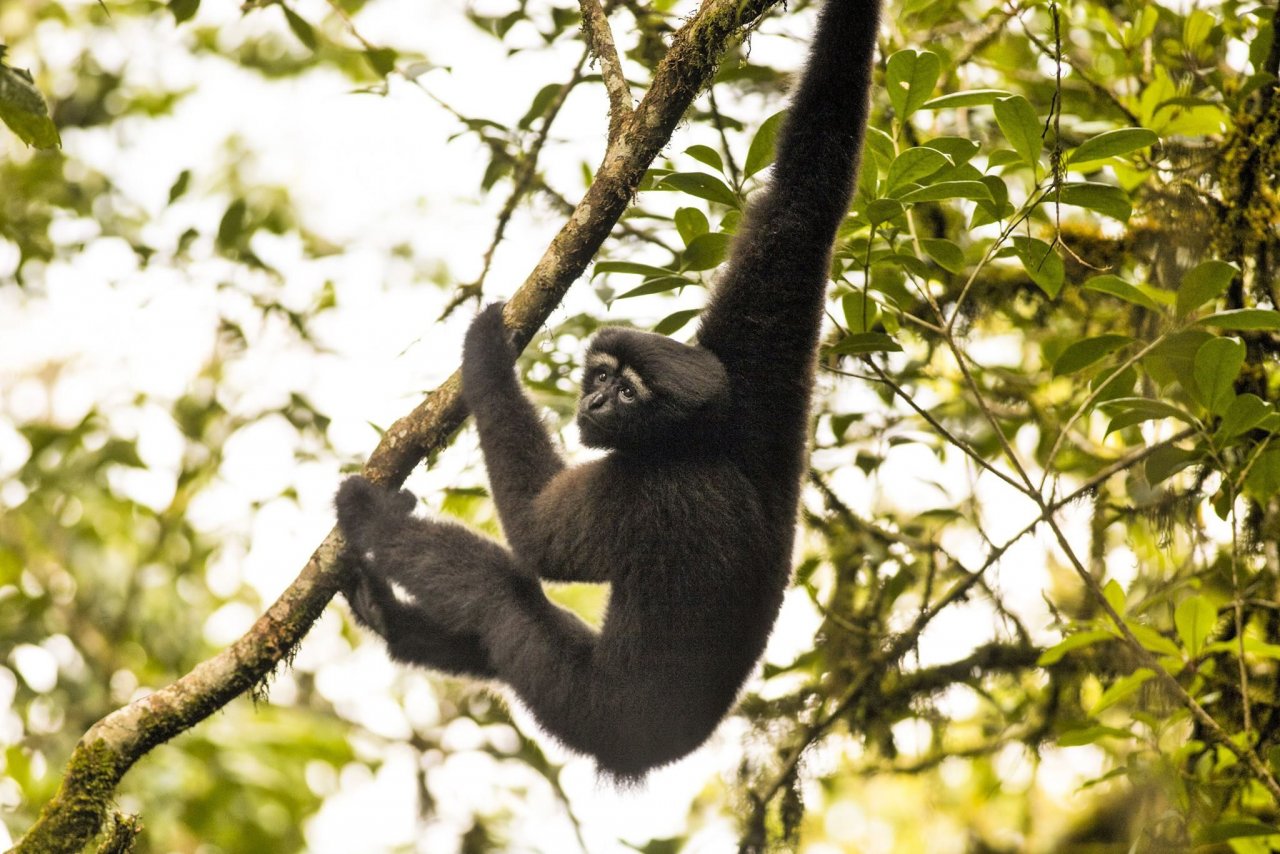BANGKOK — A bat that could be a member of an American boy band, a gibbon with a Star Wars name and a toad straight from Tolkien’s Middle Earth are among the 157 newly discovered species in the Greater Mekong region described by the world’s scientists in 2017.
The New Species on the Block report describes three mammal, 23 fish, 14 amphibian, 26 reptile and 91 plant species discovered in Cambodia, Laos, Myanmar, Thailand and Vietnam by scientists who ventured into the region’s jungles, mountains, rivers and grasslands, often under punishing conditions.
New Species on the Block is the 10th in a series of reports highlighting species discoveries in the region.
The 157 species discovered in 2017 means that an average of three new species a week were discovered in the region, according to the World Wide Fund for Nature (WWF).
Thirty-nine species were discovered in Myanmar, a good sign that the opening of the country to field research and conservation will yield many more species.
Vietnam had 58 new species, Thailand 35, Laos 24 and Cambodia eight.
The new species include:
- A bat whose hair bears a likeness to Lance Bass frosted tips of the band NSync, was discovered in the sub-Himalayan habitat of Myanmar’s Hkakabo Razi forest.
- A pancake-shaped catfish that was found in fast-flowing water in Myanmar’s remote Hponkan Razi Wildlife Sanctuary.
- A bamboo species from Cambodia’s Cardamom Mountains with a unique bulb-shaped base that grows along roadsides, making it vulnerable to clearings.
- A tiny toad with sharp horns that was named after an elf due to its discovery in a foggy, mountainous, moss-covered “elfin forest” in Vietnam. Its habitat and eyelid horns have led some to call it the “toad from Middle Earth”.
- A newly discovered Thismia herb species from Laos that is already endangered due to its habitat being leased out for limestone mining.
- A leaf-toed gecko discovered in Thailand’s Khao Sam Roi Yot, or “Mountain of 300 Peaks”, which has two distinctive “racing stripes” from its snout to the tip of its tail.
- Myanmar’s Salween river basin mud snake, which is threatened by the development of its habitat and agricultural expansion.
- The skywalker hoolock gibbon that is listed as one of the top 25 most endangered primates on the planet.
“There are many more species out there waiting to be discovered and, tragically, many more that will be lost before that happens,” said Stuart Chapman, WWF’s Asia-Pacific regional director for conservation.
Dr Evan Quah of Universiti Sains Malaysia believes that his team’s work in discovering a snake species has shown that Myanmar’s Salween river basin is an area rich in unrecognised diversity.
According to WWF’s most recent Living Planet Report, there has been a 60 per cent population decline of the world’s wildlife in the last 40 years.
In the Greater Mekong region, the decline is probably much worse given the large-scale destruction of wild habitats and the industrial-scale poaching in many parts of the region.
In the golden triangle, where Thailand, Myanmar, Laos and China meet, endangered species are often openly sold or transported to neighbouring countries with large consumer demand for wildlife products in China and Vietnam.
There is good news though.
In Myanmar, the wildlife trade in the Yangon region is now illegal, while in Laos, a new prime minister’s order on the wildlife trade and enforcement has led to increased seizures of wildlife products.
However, with a recent ban on ivory in China, there will probably be a shift in the ivory market and more pressure on the wildlife of the Greater Mekong from tourists and traders.
“There is blood, sweat and tears behind every new discovery,” said Chapman.
“But it’s a race against time to announce a new discovery so steps can be taken to protect it before it’s too late,” he said.
